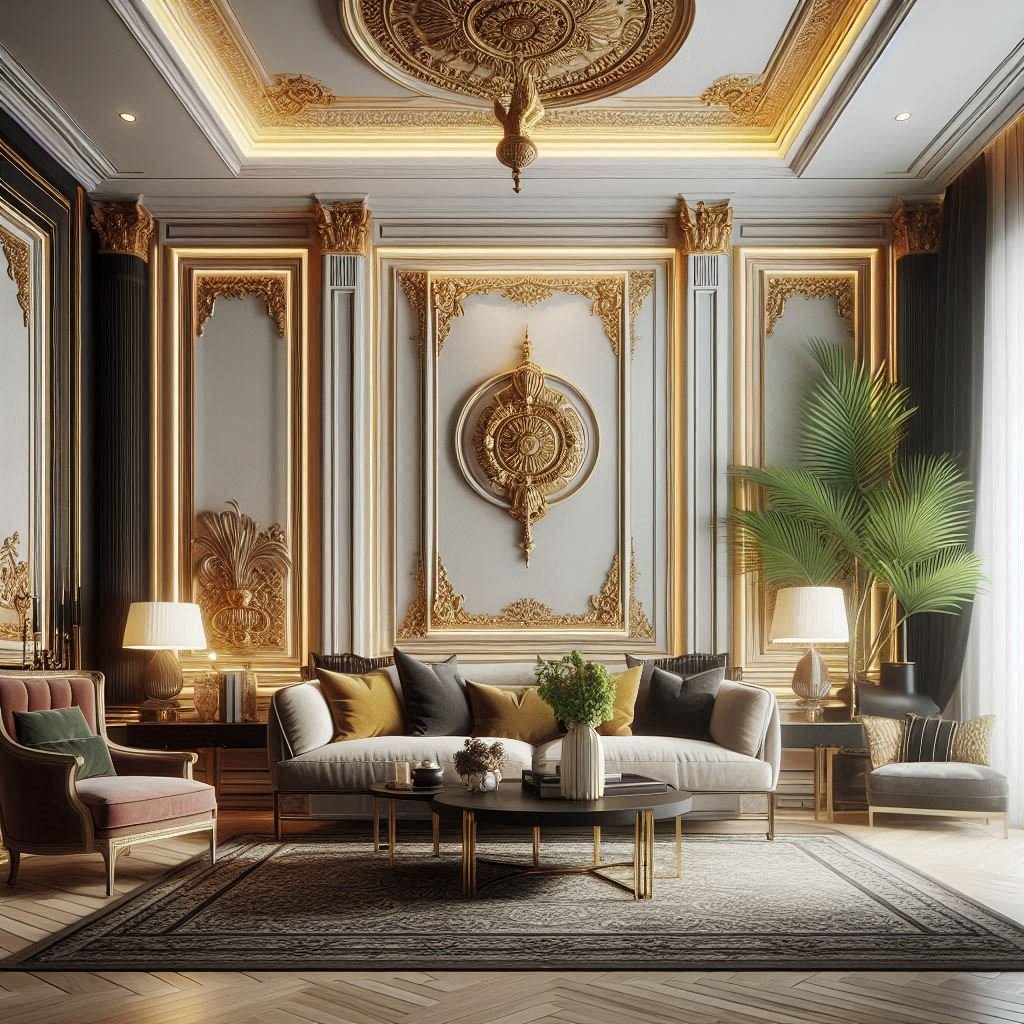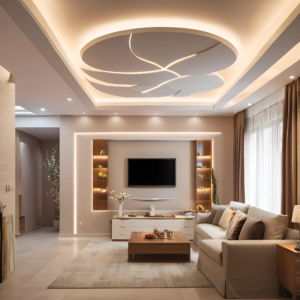Classic and Contemporary Styles
Combining classic and Classic and Contemporary Styles contemporary design elements can create a timeless and sophisticated look that bridges the old with the new. This fusion allows you to enjoy the charm and elegance of classic design while incorporating the sleek, functional aspects of modern style. Here’s how to effectively blend these two styles to achieve a cohesive and stylish look.
1. Understand the Core Characteristics
- Classic Design: Known for its timeless elegance, classic design features rich wood finishes, ornate details, traditional patterns, and a sense of symmetry. Think of elements like detailed moldings, antique furniture, and elegant fabrics.
- Contemporary Design: Contemporary design focuses on simplicity, clean lines, and functionality. It often incorporates neutral color palettes, minimalist furniture, and modern materials like glass, metal, and concrete.
2. Choose a Neutral Base
Start with a neutral color palette as your base to seamlessly integrate classic and contemporary elements:
- Neutral Walls: Use shades like white, beige, or gray for walls to provide a versatile backdrop that complements both classic and contemporary pieces.
- Flooring: Opt for neutral flooring such as hardwood, polished concrete, or neutral-colored carpets to create a unified look that supports various design elements.
3. Mix and Match Furniture
Blending classic and contemporary furniture can create a dynamic and balanced space:
- Pairing Pieces: Combine a traditional piece, like a classic Chesterfield sofa, with a modern coffee table or a sleek, minimalist side table.
- Contrast and Complement: Use contrasting styles to create visual interest. For instance, place a contemporary rug under a traditional dining table or mix modern chairs with a classic wooden desk.
4. Integrate Design Elements
Effectively combine design elements from both styles to create harmony:
- Architectural Details: Incorporate classic architectural details like crown molding or wainscoting in a room with modern furnishings to create a blend of old and new.
- Lighting: Use contemporary lighting fixtures, such as sleek pendant lights or geometric chandeliers, to complement classic furniture and architectural details.
- Textures and Patterns: Mix classic patterns, like damask or paisley, with modern textures such as metal, glass, or leather to achieve a balanced look.
5. Use Art and Accessories
Art and accessories are key to achieving a cohesive blend of styles:
- Artwork: Display classic art pieces, like traditional oil paintings, alongside modern art or abstract prints to create a visual dialogue between styles.
- Decorative Accessories: Combine classic decorative items, like antique vases or vintage mirrors, with contemporary accessories such as geometric sculptures or minimalist photo frames.
6. Blend Old and New in Fabrics and Textiles
Fabrics and textiles are crucial for merging classic and contemporary styles:
- Cushions and Throws: Use contemporary patterns and colors for cushions and throws on a classic sofa, or vice versa, to integrate both styles.
- Curtains and Upholstery: Choose modern fabrics, like velvet or silk, for classic furniture, or use traditional fabrics, such as tweed or brocade, for contemporary pieces.
7. Create a Balanced Layout for Classic and Contemporary Styles
A well-thought-out layout ensures that classic and contemporary elements coexist harmoniously:
- Visual Balance: Arrange furniture and decor to create visual balance, ensuring that neither classic nor contemporary elements overpower the other.
- Zone Division: Use area rugs or room dividers to separate spaces and highlight different styles within the same room.
8. Emphasize Key Focal Points
Identify and enhance focal points in the room to unify classic and contemporary styles:
- Fireplaces: A classic fireplace can be complemented with modern art or contemporary furnishings to bridge the gap between styles.
- Feature Walls: Create a feature wall with classic wallpaper or paneling, and place contemporary artwork or furniture in front to create a focal point.
Conclusion
Blending classic and contemporary styles involves finding the right balance between timeless elegance and modern simplicity. By starting with a neutral base, mixing and matching furniture, integrating design elements, and using art and accessories thoughtfully, Embrace the versatility of both styles to design a space that feels both sophisticated and current.


